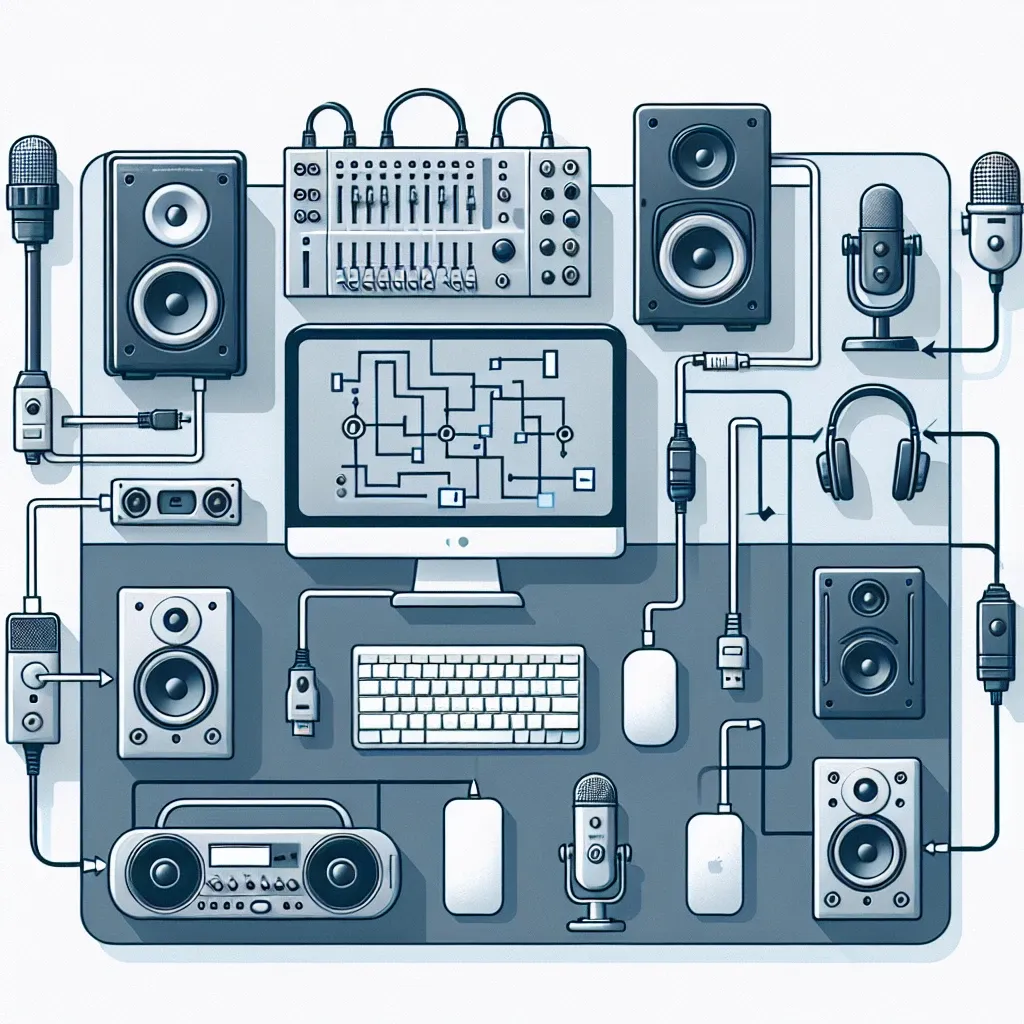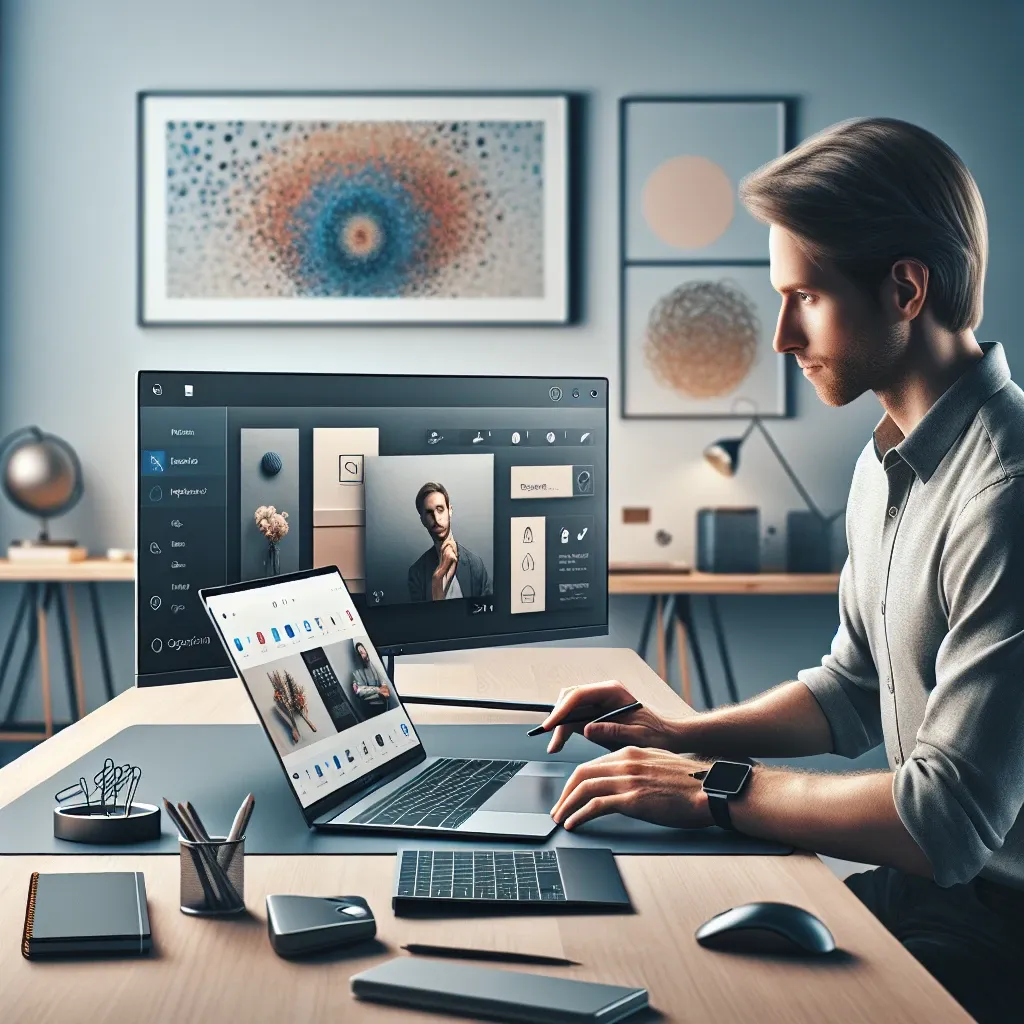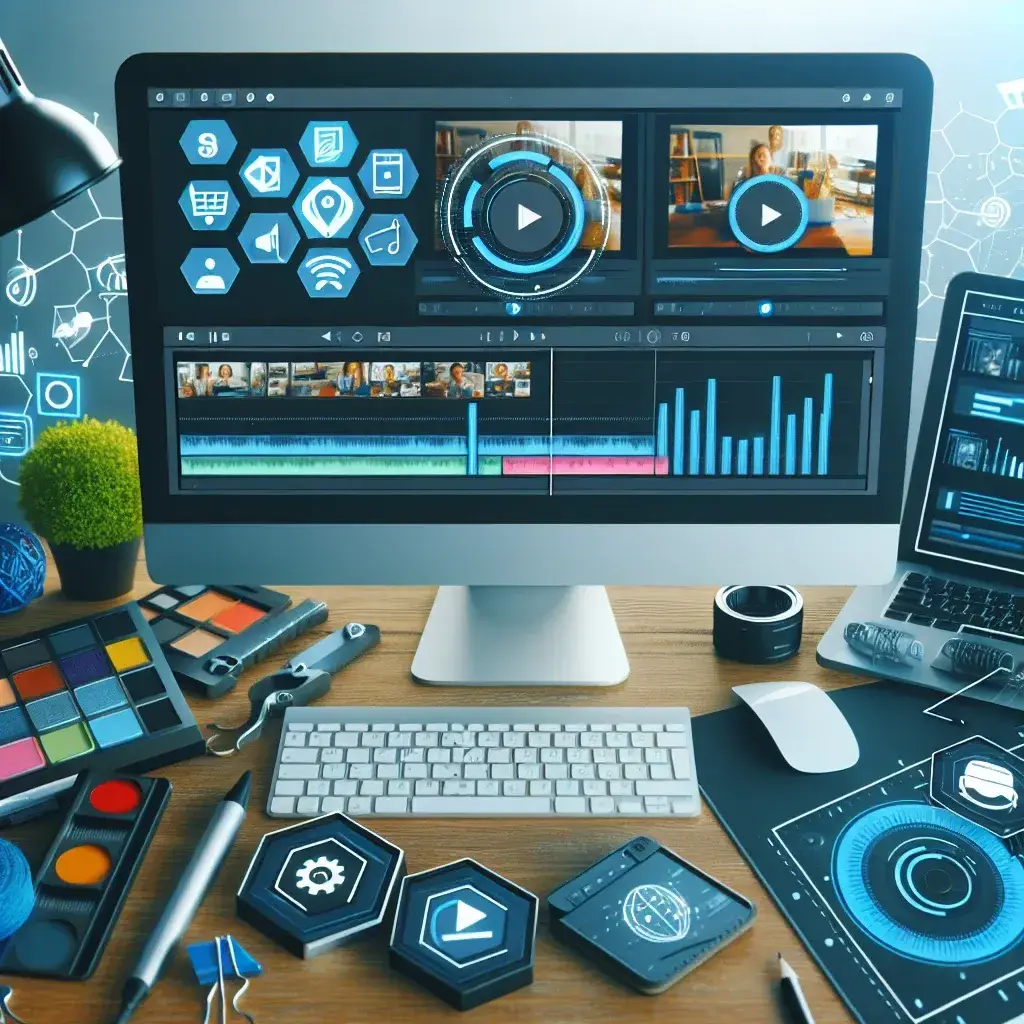Audio devices, such as speakers and headphones, are essential for enhancing the overall multimedia experience on computers. Whether you’re using a PC or a Mac, connecting these devices is usually a straightforward process. This guide will walk you through the steps to successfully connect speakers and other audio devices to PCs and Macs.
Types of Audio Connectors
Before diving into the connection steps, it’s crucial to understand the various types of audio connectors that might be involved. Here’s a brief overview:
| Connector Type | Description |
|---|---|
| 3.5mm Jack | A common connector found on most speakers and headphones. |
| USB | Offers digital audio with less interference, typically used for modern headsets and speakers. |
| BluetTooth | Enables wireless connection to audio devices. |
| RCA | Used mainly for connecting older audio equipment to computers. |
Connecting Speakers to a PC
Using a 3.5mm Jack
- Locate the audio-out port, usually colored green, on your computer.
- Plug the 3.5mm jack from your speakers into this port.
- Ensure that the other end of the cable is connected to your speakers and the speakers are powered on.
- Go to your computer’s audio settings to select the external speakers as the default audio output device.
Using USB
- Connect the USB cable from your speaker to an available USB port on your PC.
- Wait for the computer to recognize the new device and install necessary drivers. This usually takes a few seconds.
- Select the USB speakers from the audio settings as the default output device.
Using Bluetooth
- Ensure your PC is Bluetooth-enabled. If it isn’t, you may need a Bluetooth adapter.
- Turn on your Bluetooth speakers and set them to pairing mode.
- Open the Bluetooth settings on your PC and search for available devices.
- Select your Bluetooth speakers from the list and pair them with the computer.
- Set the paired speakers as the default audio output device in the audio settings.
Connecting Speakers to a Mac
Using a 3.5mm Jack
- Locate the headphone jack, usually represented by a headphone icon, on your Mac.
- Insert the 3.5mm jack from your speakers into this port.
- Ensure that the other end of the cable is connected to your speakers and they are powered on.
- Go to ‘Sound’ settings in ‘System Preferences’ and select external speakers as the default output device.
Using USB
- Connect the USB cable from your speakers to an available USB port on your Mac.
- Wait for the Mac to recognize the new device and install necessary drivers automatically.
- Navigate to ‘Sound’ settings in ‘System Preferences’ and choose the USB speakers as the default audio output device.
Using Bluetooth
- Ensure your Mac is Bluetooth-enabled, which most modern Macs are.
- Turn on your Bluetooth speakers and set them to pairing mode.
- Open Bluetooth settings from ‘System Preferences’ and search for available devices.
- Select and pair your Bluetooth speakers with the Mac.
- Make the paired speakers the default audio output device in the ‘Sound’ settings.
Troubleshooting Tips
No Sound After Connecting
- Ensure that the speakers are powered on and the volume is turned up.
- Double-check the physical connections to make sure they are secure.
- Go to the audio settings and verify that the external speakers are set as the default output device.
- Update audio drivers on your PC or Mac if needed.
Bluetooth Connection Issues
- Ensure that your Bluetooth is enabled on both the PC/Mac and the speakers.
- Keep the devices close to each other to avoid range issues.
- Remove older Bluetooth pairings if there are too many devices listed.
- Restart both your computer and speakers and attempt to pair them again.
Conclusion
Connecting speakers and other audio devices to your PC or Mac is generally a quick and easy process. By following the steps mentioned above, you can significantly enhance your audio experience. If you run into issues, the troubleshooting tips should help resolve most common problems. Enjoy your improved sound quality!




